The Xiaomi Mi9 Review: Flagship Performance At a Mid-Range Price
by Andrei Frumusanu on September 13, 2019 9:00 AM EST- Posted in
- Mobile
- Smartphones
- Xiaomi
- Snapdragon 855
- Xiaomi Mi9
Display Measurement
The Mi9 comes with a 6.39” AMOLED panel sourced from Samsung, and features a 2340 x 1080 resolution.
In terms software settings, Xiaomi offers three screen modes; “Automatic contrast”, “Increased constrast” and “Standard”. Amongst the three, the standard setting is targeting the sRGB colour space, whilst the increased contrast is a non-standard gamut wider than DCI-P3 which looks to be the panel’s native gamut capabilities. Amongst the three colour spaces, Xiaomi also offers colour temperature tuning. I noticed that although the UI greys out the colour temperature settings for the Increased Contrast and Standard modes, the customized settings are actually still applied, even though they can only be adjusted when the Automatic mode is selected. For this review I stayed with the “Default” colour temperature pre-set as it was the best amongst the three pre-sets.
We move on to the display calibration and fundamental display measurements of the Mi9 screen. As always, we thank X-Rite and SpecraCal, as our measurements are performed with an X-Rite i1Pro 2 spectrophotometer, with the exception of black levels which are measured with an i1Display Pro colorimeter. Data is collected and examined using SpectraCal's CalMAN software.

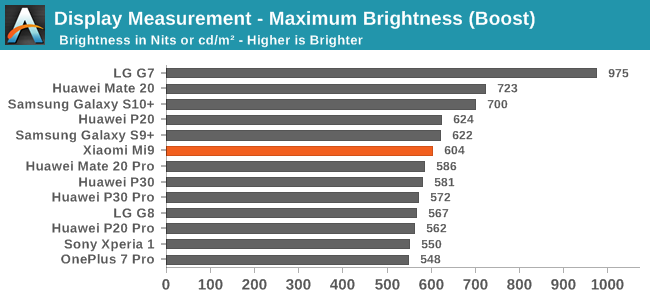
In terms of brightness, the Mi9 is on par with current generation AMOLED devices. At maximum manual brightness, the phone reaches a peak luminosity of 417nits. When in adaptive brightness and under bright environments, the phone goes into a high brightness mode and can reach up to 604 nits on a full screen white.
On the greyscale accuracy test, we’re seeing that the Mi9 is a little bit off in terms of gamma as well as colour temperature. The gamma reaches an average of 2.33 at the 200cd/m² brightness level. We’re measuring this data-point with APL50 and window size of 50%. We notice the gamma figure appears to be more accurate at the maximum brightness measurement set, but that set was performed at APL100, pointing out possible miscalibration of the gamma, something that sadly a very great number of vendors aren’t able to get right.
The colour temperature is also a bit on the warm side, with the reds dominating. This seems to get worse the brighter the panel gets, with white levels at 6463K at 200cd/m² and 6250K at 417cd/m². It’s to be noted that this is something that can be alleviated by the software colour temperature control, however the “Cool” preset is far too cool, and our measurements here are also just unique to the device we have at hand.
Overall, the redish tint might not be too noticeable, however tones will appear slightly darker than they should be due to the higher gamma.

The resulting greyscale accuracy ends up with a DeltaE2000 of 3.00, just at the limit of what should be acceptable.
The standard mode targeting sRGB has relatively accurate saturations and gamut targets. Notice that the increased gamma we measured on the greyscale test here doesn’t appear in the yellow and blue spectrum, albeit present on the mid saturation points of the red channel. Another inaccuracy also seems to be that the blue channel is off hue, causing a larger error also in the magenta colours, besides the whole redshifted gamut.

Still, with a deltaE2000 of 2.03, the results are quite ok and we’ve certainly seen worse from other devices.
I wanted to also showcase the saturations of the “Increased contrast” mode. The above graph targets the DCI-P3 gamut at gamma of 2.2 (Display P3), yet we clearly see that this mode’s gamut goes beyond the aforementioned standard. It doesn’t really adhere to any particular standard, and simply seems to be the OLED panel’s native large gamut with popping colours.
Finally, in the Gretag-Macbeth chart of commonly found tones and skin colours we see the results of the phone’s slightly too high gamma as well as the overall red-shifted colours.

Overall, the phone still managed to achieve a passable dE2000 of 2.68, which is not great, not terrible.
Overall, the Mi9’s screen is in my opinion a good screen. Contrast, brightness and viewing angles are again as usual of an OLED screen very good and the Mi9 doesn’t disappoint in this regard. In terms of colour calibration, the Mi9 did ok, we’ve certainly seen better calibrated devices out there but the Mi9 is also not outright bad. For users looking for the best accuracy I recommend the standard mode and trying to slightly adjust the colour temperature to their liking if they so happen to notice the slight red shift that appeared on our review device.


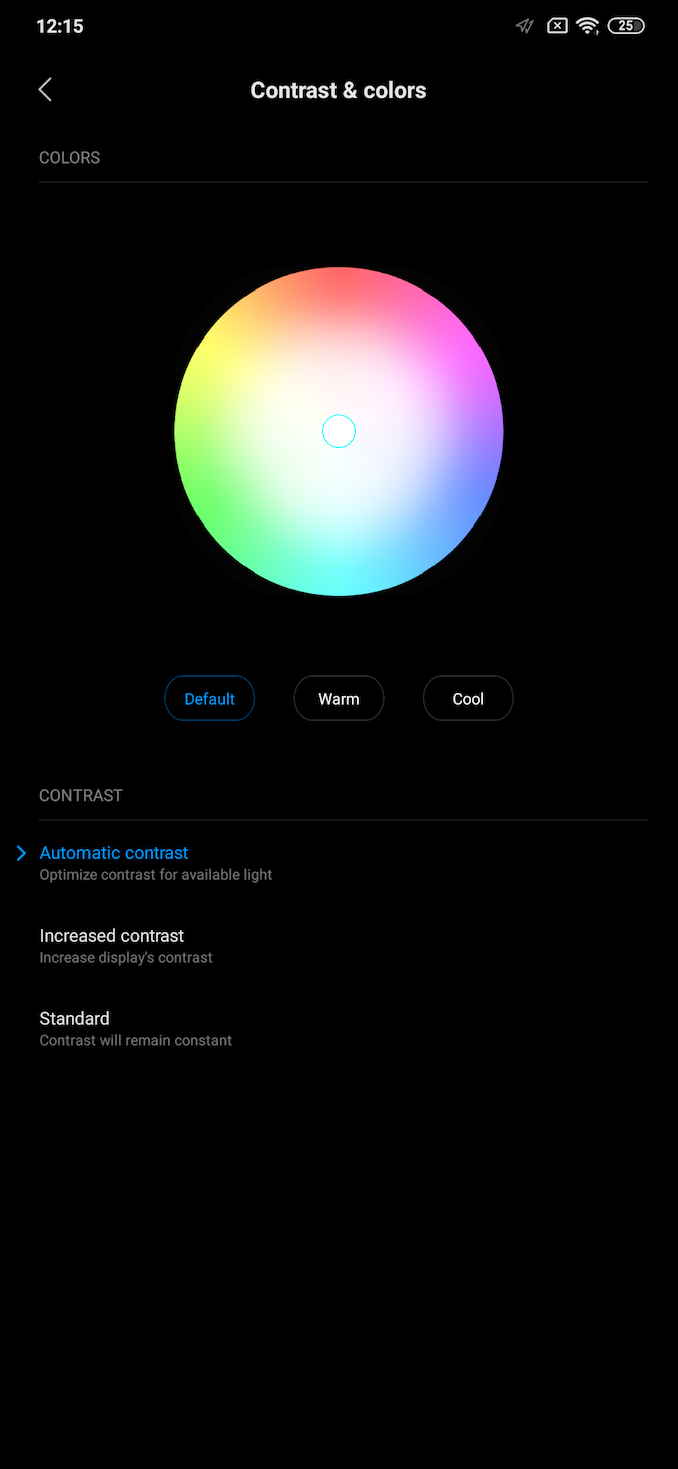
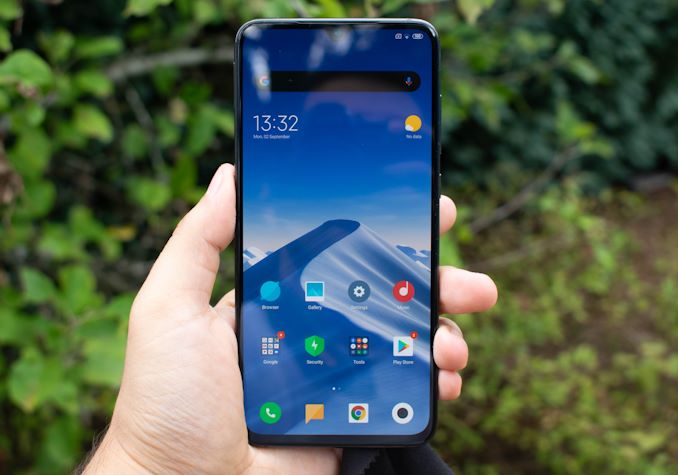


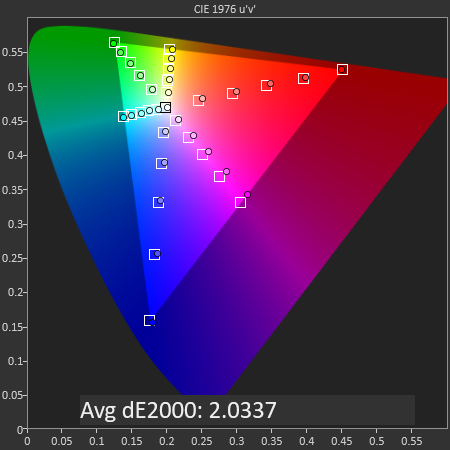
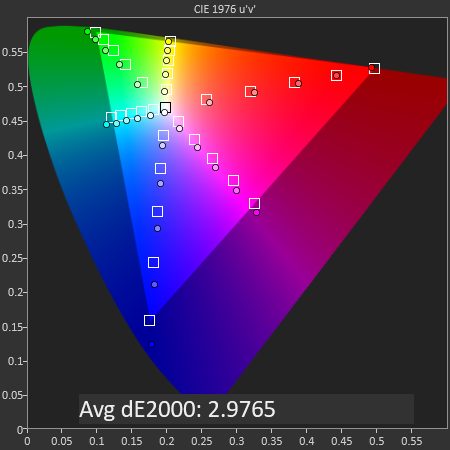
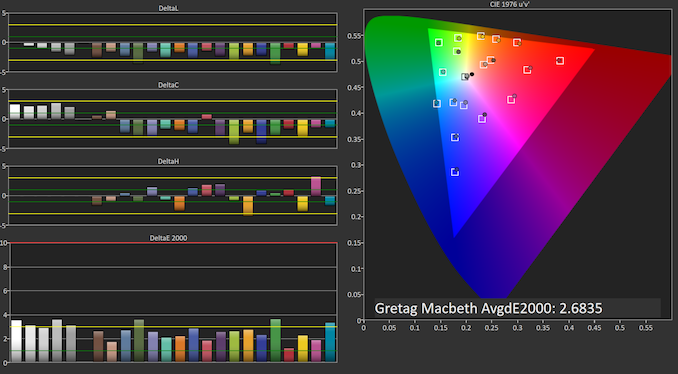








96 Comments
View All Comments
jaju123 - Friday, September 13, 2019 - link
Nice review. Would be very interested in a Xiaomi Mi 9T Pro review if you manage to get your hands on it. Seems to be an upgrade on some aspects of this phone.Andrei Frumusanu - Friday, September 13, 2019 - link
Among the upcoming reviews, iPhone 11, Mate 30, Pixel 4 in the foreseeable future I don't think we'll have time for the Mi9T Pro, sorry.yeeeeman - Friday, September 13, 2019 - link
Why not Galaxy s10 with exynos 9825? Pixel 4 has Qualcomm 855 which we know. Huawei mate 30 will have Kirin 980 which again we know. iPhone is interesting, sure, but 9825 being a shrink it is curious to see what the impact is. Come on, it is launched for over a month now....Andrei Frumusanu - Friday, September 13, 2019 - link
We're not getting sampled by Samsung so we'd have to buy one. Currently the 9825 doesn't represent any notable performance difference, the Note10 doesn't have any notable camera differences, so other than the chip's power efficiency for an academic view on 7EUV it's lower on the priority list than the aforementioned new devices.s.yu - Saturday, September 14, 2019 - link
Maybe you could lend one :)s.yu - Saturday, September 14, 2019 - link
sorry borrow XDjaju123 - Friday, September 13, 2019 - link
No worries, I'm interested in those devices too so should be interesting!AkiraAkimoto - Saturday, September 14, 2019 - link
Will you review the latest Vivo flagship Nex 3 and the Xiaomi's flagship Mixα?Rumor says that the Mix series will have a great leap comparing with the previous Xiaomi deviceRedmyth79 - Friday, September 13, 2019 - link
This site is not accurate so the 9Tpro would never get a fair shake. Trust me I own a lot of the phone es tested including the Mi 9. The Mi 9 test higher then the 9Tpro also so you know but the scores hear are apparently made to make them not look up to par with the other Flagship phones with 855 chip sets. Hell the 980 Kirin is from last year on the P30 pro and I know for a fact in 99% of test it doesn't come close to any 855 chipped phone much less a Mi 9 that truthfully on any other site including a lot of the actual test here it best out 99.9% of the phone es and the S10+ actually does about the worse of any but here some how it's rated near the top and the mi 9 is no where near where it should be. It's a crying shame.Cellar Door - Friday, September 13, 2019 - link
This site should get mods for troll account like this.